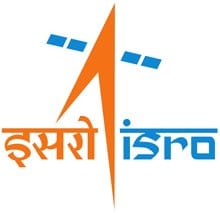ISRO MOM Study: Mars losing its atmosphere at faster rate than the earth
The ISRO Mars Orbiter Mission (MOM) has found that Mars is losing its atmosphere to outer space at faster rate as compared to that of the earth. The report comes based on the study conducted by MOM and the MAVEN orbiter of the US.
Highlights
A global dust storm began to encircle the planet Mars in June 2018. This is called “planet-encircling dust event”. This storm heated and expanded the Martian upper atmosphere.
Key Findings of the Study
The heating of the Martian atmosphere led to part of the atmosphere reach exobase altitude. The exo space altitude lies at 220 km. The hot gases above the exo space altitude is likely to move to higher altitudes and eventually escape to the outer space.
Observations of MOM
MOM observed the Martian atmosphere by diving down to altitude of 155 km (from the Martian surface). The MENCA of the orbiter then measured the neutral densities of Mars thermosphere. With these observations, it has been concluded that the Martian atmosphere is undergoing warming and expansion.
MENCA is Mars Exospheric Neutral Composition Analyser.
Mars Orbiter Mission
The main objective of the MOM is as follows
- To study the Martian atmosphere
- To study its morphology and mineralogy
- To study Martian Surface Features.
It is also called Mangalyaan. It was launched in September 24, 2014. India is the first country to launch a Mars Mission in its first attempt.
MAVEN
It was a US space craft launched to study Mars. MAVEN is Mars Atmosphere and Volatile Evolution. In February 2020, MAVEN discovered rifts in the upper parts of ionosphere of Mars. This was very similar to that of Earth’s ionosphere.
In May 2020, MAVEN mapped the electric currents around Mars. In August 2020, MAVEN observed Martian Night Sky Pulsing in UV.
Month: Current Affairs - October, 2020


